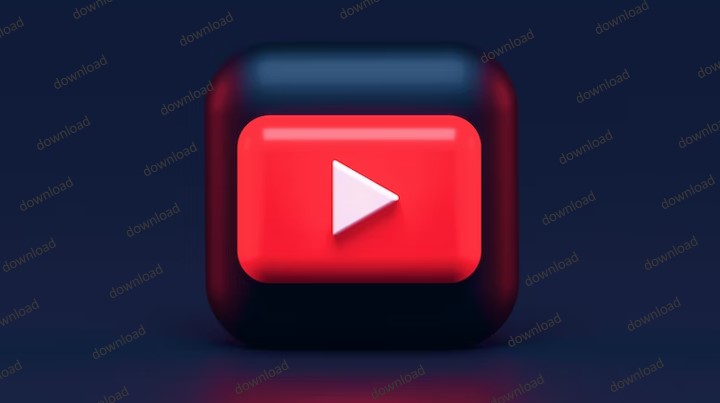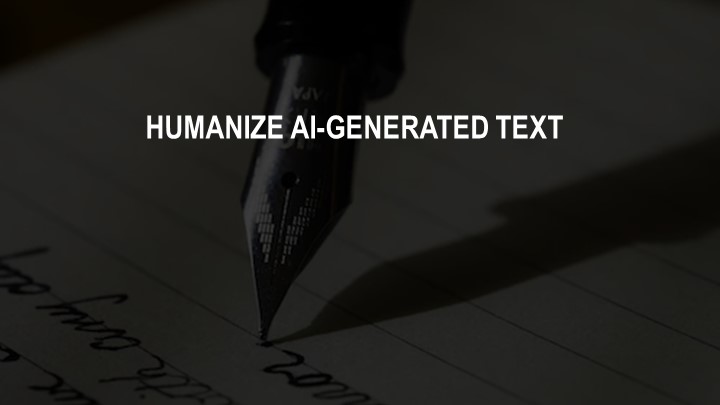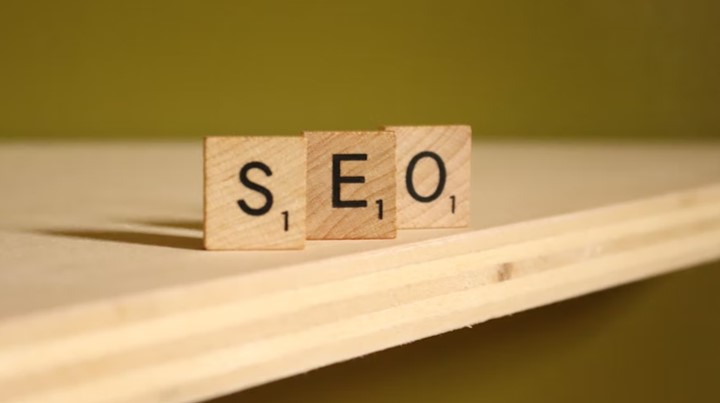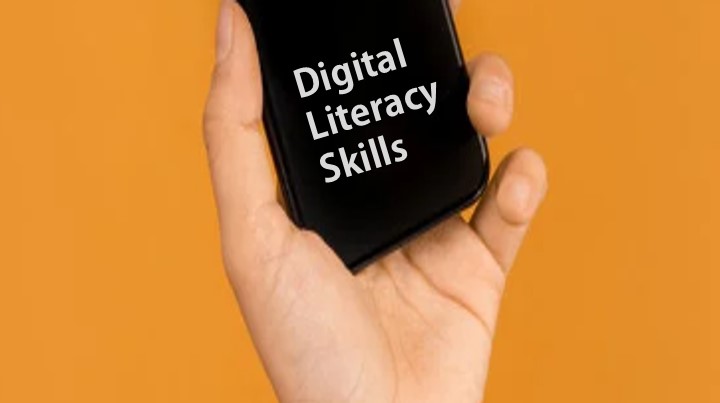Last Updated on May 22, 2023 by Uncle Pat Ugwu
In today’s interconnected world, where digital media has become an integral part of our daily lives, we must equip ourselves with the necessary skills to navigate the vast digital landscape effectively. This is where digital media literacy comes into play.
This encompasses skills and knowledge that empower individuals to access, critically evaluate and create digital media content. In this blog post, we will explore the concept of digital media literacy, its key components, and the importance of developing these skills in the modern era.
Before we begin, let’s first understand the concept.
What is Digital Media Literacy?
Digital Media Literacy refers to the ability to access, understand, critically evaluate, and create media in various digital forms. It builds upon traditional media literacy skills and extends them to the digital context. Here is how IG Global Dictionary defined it.
This involves the ability to analyze and evaluate media messages, understand media production techniques, identify bias and misinformation, and interpret media in a critical and informed manner.
Key Components of Digital Media Literacy
- Media literacy skills in the digital context
- Information literacy in the digital era
- Proficiency in digital tools and technologies
- Communication and social skills in the digital space
- Critical thinking and evaluation of digital media content
The Importance of Digital Media Literacy
1. Navigating the digital landscape
Digital media literacy allows us to confidently navigate the vast and ever-expanding digital landscape. With the arrival of social media, online boards, and countless websites, it is simple to get overwhelmed by means of the sheer quantity of statistics to be had. However, being digitally literate enables us to discern credible sources from unreliable ones, helping us make informed decisions and engage with content that adds value to our lives.
2. Making informed decisions
In the virtual generation, we are bombarded with an abundance of data from numerous resources. Digital media literacy equips us with the capabilities to significantly examine and analyze this data, making sure that we make knowledgeable choices. By fact-checking claims, verifying sources, and considering multiple perspectives, we can separate fact from fiction and avoid falling prey to misinformation and propaganda.
3. Combating misinformation and fake news
Misinformation and fake news have become significant challenges in the digital age. Digital media literacy empowers individuals to recognize and combat these issues effectively. The techniques used to manipulate information and employ critical thinking skills can help to identify red flags, question sources, and seek out reliable information. This potential to distinguish between reliable and unreliable sources is important for retaining a well-informed society.
4. Protecting privacy and digital security
In the digital realm, our personal data is constantly at risk. Digital media literacy teaches us how to protect our privacy and enhance our digital security. Understanding principles including password management, secure surfing, and records encryption, we are able to shield our personal data from online threats and defend ourselves from identification theft, cyberbullying, and other malicious sports.
5. Empowering individuals participants
Digital media literacy goes beyond passive consumption of content. It empowers individuals to actively participate in the digital landscape. When you learn to create and share content responsibly, individuals can contribute positively to online communities. It encourages critical thinking, creativity, and collaboration, fostering a sense of agency and empowerment.
By producing informative videos, engaging in online discussions, or advocating for causes, individuals with digital media literacy can make their voices heard and effect positive change.
[qcld-ilist mode=”one” list_id=”7567″ column=”2″ upvote=”on” disable_lightbox=”true”]
Developing Digital Media Literacy Skills
Below are things you need to do to develop this skill.
- Incorporating digital media literacy in education: Education should prioritize media literacy by integrating it into the curriculum. This equips students with skills to evaluate online information, analyze media messages, and use digital tools responsibly.
- Resources and tools for enhancing digital literacy: Access online courses, tutorials, and educational websites to enhance digital media skills. These resources provide practical guidance for critical thinking, evaluating digital content, and navigating the digital world effectively.
- Promoting critical thinking and media literacy awareness: Encourage individuals to question sources, evaluate media messages, and consider multiple perspectives. Public awareness campaigns and workshops can foster media literacy, critical thinking, and responsible digital engagement.
Final Thoughts
As digital media continues to shape our world, developing digital media literacy skills becomes increasingly crucial. By equipping ourselves with the ability to critically evaluate digital content, navigate online spaces responsibly, and create meaningful digital media, we empower ourselves to be active and informed participants in the digital age.
It provides us with the tools to make informed decisions, protect our privacy and security, and engage responsibly in the digital landscape. Let’s embrace digital media literacy and embark on a journey of discovery and empowerment in the digital realm.








Hi Uncle Pat,
Thanks so much for your post. I agree that in this day and age, it is imperative to teach and model responsible digital media literacy citizenship. It seems so many adolescents come in with preconceived notions from their parents about what is happening in the world around them, and this can be tricky for teachers to work around. Teaching techniques like looking for an article’s peer-reviewed status, or determining the author’s purpose and intended audience, are sound ways to start. I like to teach Plato’s persuasive devices ethos, pathos, and logos, after the Super Bowl so we can analyze the most popular commercials. I like to think this can also help students look for angles in their sources of information. Thanks! again!
Glad you like it.